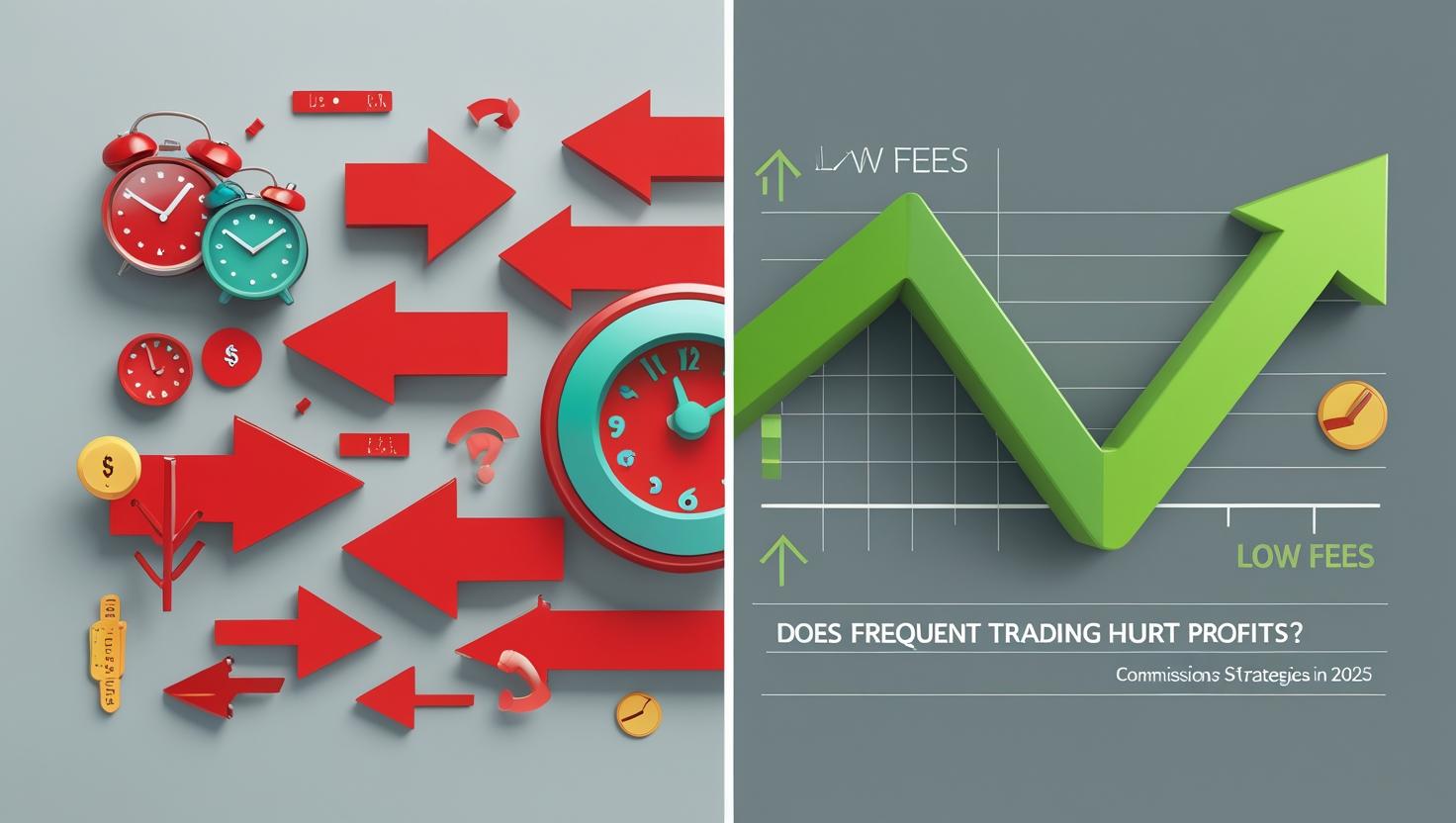You don’t need a fortune to start investing—$1,000 can be your gateway to financial growth. In 2025, with accessible apps and low-fee options, beginners can dip their toes into the market without overwhelming risks. This guide explores practical ways to invest that initial sum, emphasizing education, diversification, and patience to avoid common pitfalls. Whether you’re saving for retirement or learning the ropes, here’s how to make your money work harder.
Why Start with $1,000?
Investing small amounts early leverages compound interest—the “snowball effect” where earnings generate more earnings. For instance, $1,000 invested at 7% annual return could grow to over $7,600 in 30 years. In today’s digital landscape, robo-advisors and micro-investing platforms make entry barriers low, allowing you to learn without high stakes. Key mindset: Focus on long-term goals, not quick riches, and always invest what you can afford to lose.
Top Ways to Invest Your $1,000 in 2025
- Index Funds or ETFs: Low-cost, diversified options tracking the market (e.g., S&P 500). Platforms like Vanguard or Fidelity offer funds with fees under 0.1%. Why? They outperform many active strategies over time—perfect for hands-off beginners. Allocate 700 here for broad exposure.
- Individual Stocks: Use apps like Robinhood or E*TRADE to buy shares in stable companies (e.g., tech giants or consumer staples). Research via free tools like Yahoo Finance. Tip: Limit to 2–3 picks to avoid over-diversification risks; invest 300.
- High-Yield Savings or CDs: For risk-averse folks, park funds in FDIC-insured accounts yielding 4–5% APY (e.g., Ally or Marcus). Certificates of Deposit (CDs) lock in rates for 6–12 months. Ideal for emergency funds—use 500 to earn steady, safe returns.
- Retirement Accounts (IRA or 401(k)): Contribute to a Roth IRA for tax-free growth (2025 limits: 1,000 to build retirement momentum.
- Peer-to-Peer Lending or Bonds: Platforms like LendingClub offer 5–8% returns by lending to borrowers. Government bonds via TreasuryDirect provide ultra-safe yields around 4%. Allocate 200 for balanced risk.
Essential Tips for Success
- Educate Yourself: Read books like “The Intelligent Investor” or use free resources from Investopedia. Take online courses on Coursera to understand basics like diversification.
- Minimize Fees: Choose no-commission brokers and low-expense-ratio funds—fees can eat 20% of returns over time.
- Diversify and Rebalance: Spread across asset classes (stocks, bonds, cash) to mitigate volatility. Review quarterly.
- Avoid Emotional Decisions: Don’t chase “hot tips” or panic-sell during dips—stick to a plan.
- Tax Considerations: Use tax-advantaged accounts to maximize net gains; consult a advisor for personalized advice.
Risks to Watch
Investing involves market fluctuations—stocks can drop 20% in a bad year. Inflation (around 2–3% in 2025 projections) erodes idle cash, but over-investing in high-risk assets could lead to losses. Start conservative and scale up as you gain confidence.
Conclusion:
With $1,000, you’re planting the seeds of financial independence in 2025. By choosing accessible, low-risk options and committing to ongoing learning, you can turn modest beginnings into substantial wealth. Remember, consistency beats timing—start today and let time do the heavy lifting.





